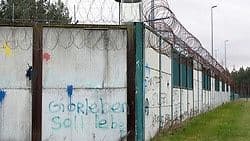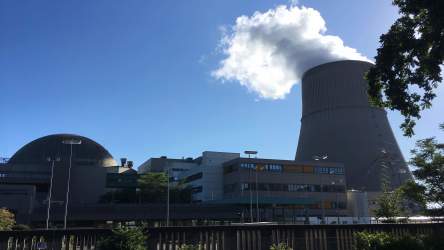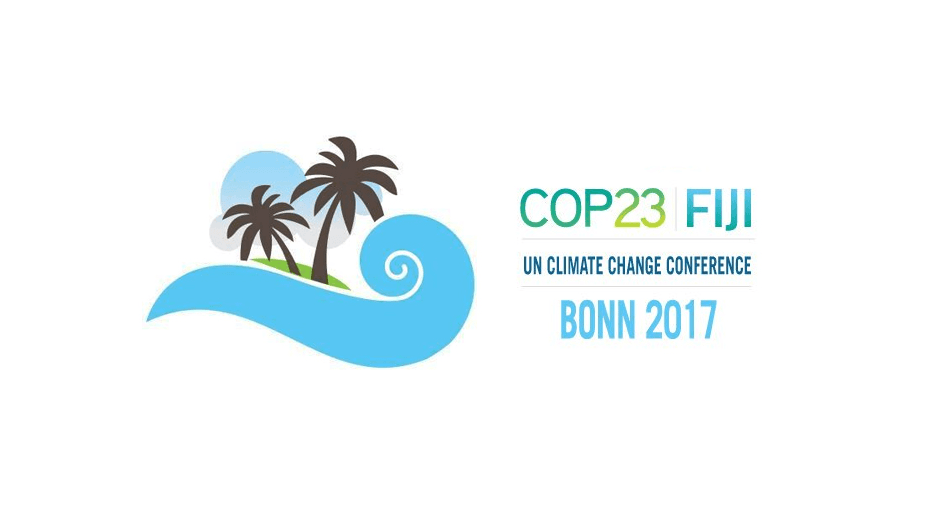New report by Greenpeace: The global Crisis of Nuclear Waste
Overview of the current status of nuclear waste across the world.

Toxic and Radioactive
"Their toxicity in general terms, both radioactive and chemical, is greaterby far than any industrial material with which we have hitherto dealt in this or in any other country."
(Johns Hopkins University professor Abel Wolman in January 1959 at the first U.S. congressional inquiry into nuclear waste..)
The international nuclear fuel chain consists of multiple steps, all of which produce varying volumes of nuclear waste.
The chain starts with uranium exploration, mining, milling, conversion into feedstock for uranium enrichment plants, then fuel fabrication, followed by commercial nuclear reactor operation, leading to nuclear spent fuel, which is either stored or reprocessed. More than 60 years of commercial nuclear programs has produced radioactive materials that will remain hazardous to humans and the environment on a time scale that far exceeds the existence of human civilization.Greenpeace commissioned experts on nuclear waste to produce an overview of the current status of nuclear waste across the world. As the nuclear industry continues to struggle to compete in the rapidly evolving global energy market, the toxic legacy of decades of nuclear reactor operation and all the waste that continues to be produced to support it, remains central to any debate on the future of nuclear power, including decisions on nuclear reactor phase out. For every year of nuclear reactor operation, volumes of nuclear waste will continue to be generated across the world. Without exception, for longterm management the vast volumes of nuclear waste. This includes the highly radioactive spent fuel produced in all nuclear reactors, for which to date all efforts to find secure and safe permanent disposal options have failed.
FROM MINE TO REACTORUranium mining produces a large amount of waste. This often contains elevated concentrations of radioisotopes compared to normal rock. Other waste piles consist of ore with too low a grade for processing. due to the release of ra- don gas and seepage water containing radioactive and toxic materials.
Uranium mill tailings have through the decades been dumped as sludge first directly into the environment and later in special ponds or piles, where they are abandoned.
The mining and milling process removes hazardous chemicals from their relatively safe underground location and converts them to a fine sand, then sludge, making them more susceptible to dispersion throughout the environment. After about 1 million years, the radioactivity of the tailings and thus its radon releases will have decreased so that it is only limited by the residual uranium contents, which continues to produce new thorium 230. The world’s inventory of uranium mill tailings amounts to about 2.3 billion tons as of 2011. The predominant reactor type worldwide, the light water reactor, depends on uranium fuel that is enriched. The concentration of the fissile isotope uranium-235 in natural uranium is only around 0.71%. To make nuclear fuel for most reactors this has to be increased to around 3 – 5% through the operation of uranium enrichment plants. A significant waste product of enrichment operations is depleted uranium, with current estimates of 1.7 million tons worldwide.
Read more on https://www.greenpeace.org/static/planet4-belgium-stateless/2019/03/f7da075b-18.11.gp-report-global-crisis-of-nuclear-waste.pdf


